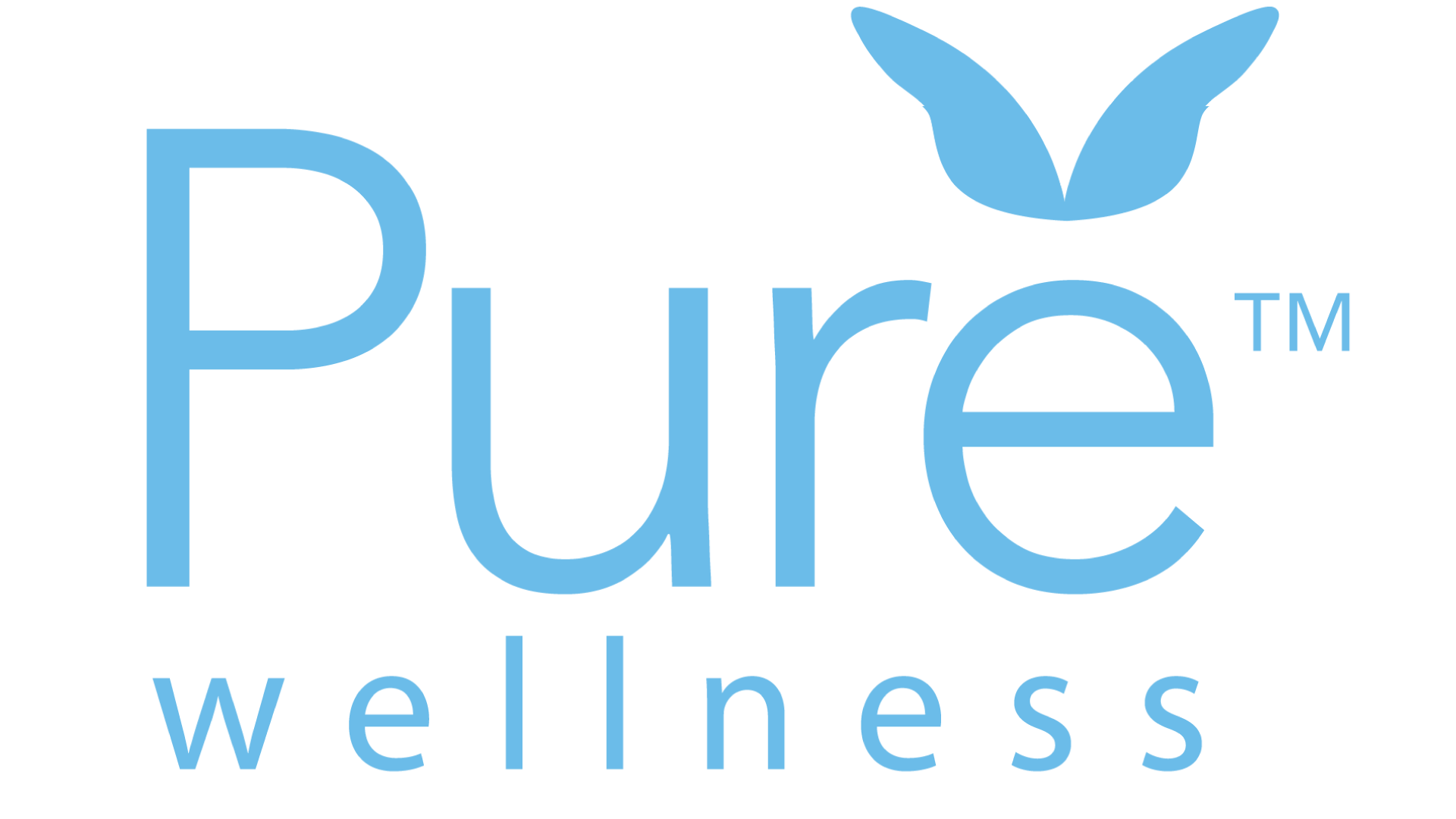As much as we strive to maintain our health through diet, exercise and other means, the environments where we live and work have a big impact on our ability to accomplish that goal. How can we ensure that these buildings are providing us with an environment that helps support and promote our own health and well-being?
To help answer this question, experts at Harvard University’s T. H. Chan School of Public Health put together a list of 9 factors that outline what makes a building healthy. Led by environmental health expert Joseph G. Allen, the group’s work draws on decades of research in building and health sciences to create a simple, easy-to-follow guide to ensure that schools, offices and other work environments are safe and healthy for the people who use them.
These factors include:
- Ventilation. Unless there is a fire or extreme pollution, outdoor air is almost always healthier to breathe than indoor air. Healthy buildings should prioritize natural airflow in and out of spaces as much as possible.
- Air Quality. Effective air filtration uses HEPA or the more advanced MERV-3 systems to remove contaminants from the environment. Some of these contaminants include viruses, bacteria, allergens and other particles as well as harmful volatile organic compounds found in many building materials.
- Thermal Health. Temperature and humidity levels should be comfortable and consistent over time. It is important to maintain these levels across all floors and prevent any hot or cold spots throughout the building.
- Moisture can lead to mold and mildew growth along with a variety of other environmental problems. The roof, windows, plumbing and HVAC systems need to be checked to ensure that moisture is not entering through any leaks.
- Dust and Pests. In addition to airborne particles, dust and other contaminants can settle on surfaces in out-of-the-way places. Regular cleaning and sanitization will help eliminate this problem and stop the spread of pests in the building.
- Safety and Security. This includes a variety of factors, from well-lit parking lots to clearly visible emergency exit signs. Fire alarms and carbon monoxide detectors should be in good working order and checked on a routine basis.
- Water Quality requires regular testing to ensure that it meets US National Drinking Water Standards. Additional water purification and filtration may be needed if the municipal water system is not sufficient.
- Noise. Exterior as well as interior noise from equipment and mechanical systems should be mitigated as much as possible. Designated quiet areas can provide relief for building occupants, especially in noisy environments.
- Lighting and Views. Natural lighting is the preferred source and all occupants should have a clear view of at least one window. Harsh overhead lighting can be substituted with lamps and other alternatives that are adjustable.

Submit a comment